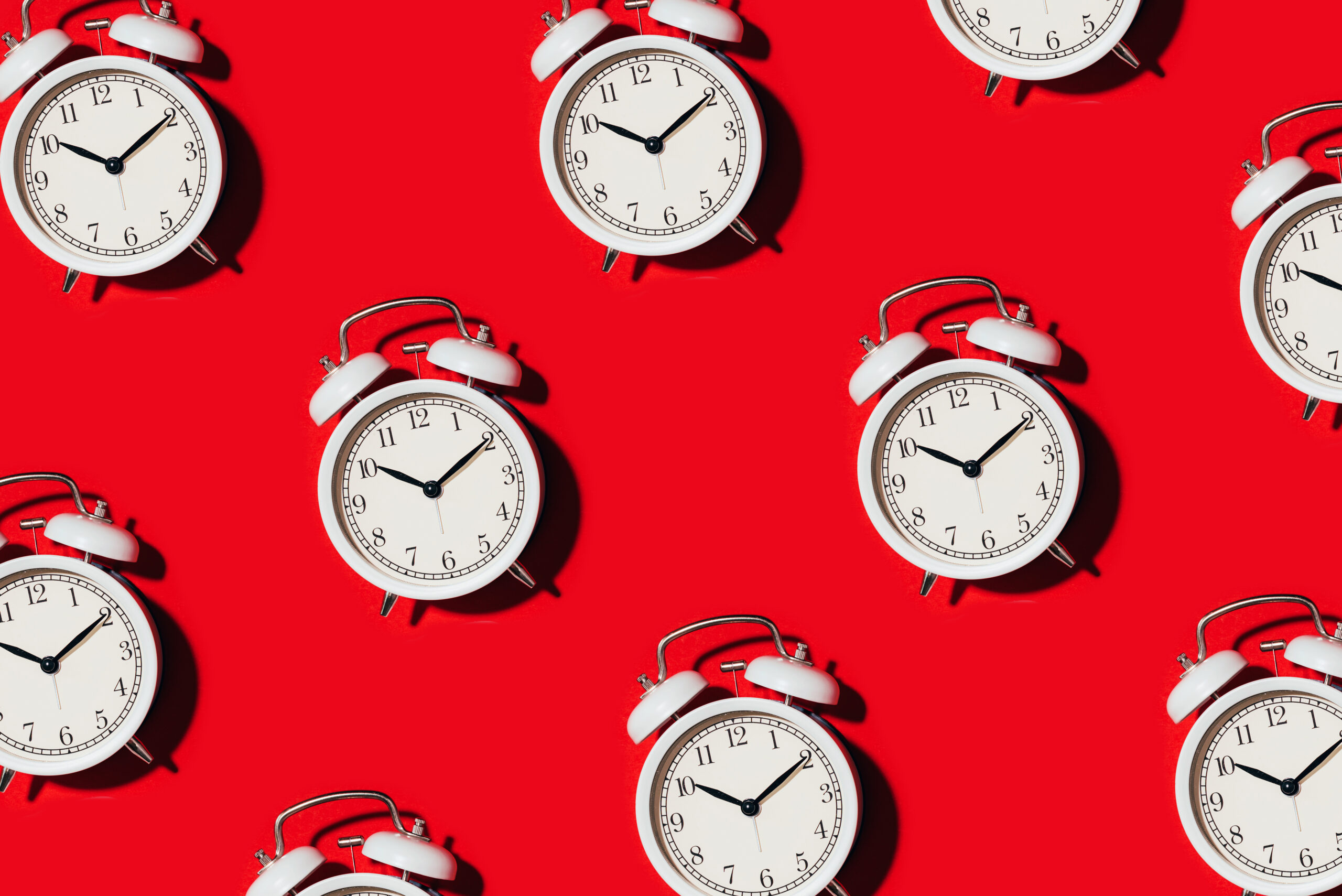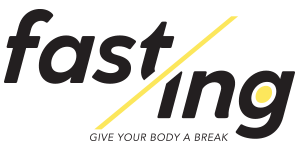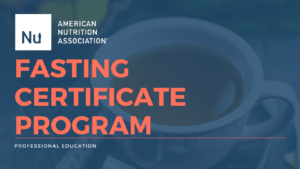Planning Strategies for Time Restricted Eating

Popularized by fasting researchers including Dr. Satchin Panda and Dr. Emily Manoogian, time-restricted eating (TRE) is one of the most heavily-studied branches of fasting today. We’ve got the best science-backed planning strategies that’ll help you lose weight and achieve optimal health with your time-restricted eating schedule.
1 – Keep your eating window as consistent as possible
To someone who’s eaten around the clock for his or her whole life, time-restricted eating can be difficult at first. (Don’t worry – studies show that hunger eventually decreases compared to standard eating schedules. [1])
Over the years your body has come to expect food at certain times, a phenomenon known as psychological conditioning. This hunger will happen even when your body doesn’t actually need any food for energy and cellular maintenance.
So when you start with a time-restricted eating window of 8 to 12 hours, you’ll probably start to feel hungry at your normal eating times: 7:00 am, 11:00 am, etc. This doesn’t mean that time-restricted eating isn’t working; it just means that your body is responding to your ingrained behavioral patterns.
The good news is that it doesn’t take long to condition yourself to a new eating schedule. (An average transition can take anywhere from a few days to a few weeks, depending on many variables including diet and carbohydrate intake.) And after that point, you may actually experience less hunger than you did when you were eating around the clock! [2]
But it’s important to make the transition as easy as possible by being consistent with your eating windows. Consistently not eating until 11:00 am, say, will help your body and brain to adapt much more quickly than sometimes breaking your fast at 9:00 am, and sometimes breaking it at 10:00 am.
2 – Plan on having your last meal or snack as early as possible
Most people find that it’s easier to fast from sunrise to late morning or early afternoon, as opposed to ending the eating window in the afternoon and going to bed with a very empty stomach. That said, it’s essential that you’re not going to bed right after having your last meal or snack. Doing so can interfere with your circadian rhythm and upset your fasting results.
Time-restricted eating has been researched so heavily because of its impact on circadian biology. Researchers including Dr. Satchin Panda have stated that the body is more efficient at metabolizing food earlier in the day than at night, which confers health benefits to early eaters. [3] This is because the body has equal cycles of activity and rest of about 12 hours. These circadian cycles prepare the body for digestion and movement throughout the day, then for sleeping and repair at night.
When you eat too close to bedtime, the process of digestion tells your brain and body that your active cycle just got extended – meaning that your body won’t be ready to sleep even if your head hits the pillow. This is why so many people suffer from insomnia and low energy. On top of that, the act of eating prevents your body from accessing stored fat and entering autophagy. So by eating within an hour of bedtime, you’re canceling out much of the fat burning that should occur during sleep, and also some of the restorative autophagy!
Ideally, you should have eaten your last calorie within 3-4 hours of your bedtime. So if you have an eight-hour eating window and you go to bed at 10:30, your first meal should start at 10:30 am, and your last bit of food should be eaten by 6:30 pm. This will help you maintain your eating schedule easier while extracting the most benefit from your fasting window.
You can create a recurring alarm on your phone that tells you exactly when you need to stop eating. Another great option is to download a fasting app such as Zero, which has a built-in fasting timer.
3 – Have a glass of apple cider vinegar and water before bed
As we’ve mentioned, it will take a while for your body to adjust to a new eating schedule. And until you fully transition to a time-restricted eating routine, your body will send out the same hunger signals it’s used to – even the pesky ones that can keep you up at night with a growling stomach.
So what can you do to make it through the night without feeling like you’re dying of hunger?
Apple cider vinegar (ACV).
Apple cider vinegar is a satiety-promoting and fat-burning supplement with some scientific studies to back it up. [4] Try mixing 1-2 tablespoons of ACV in 12-16 ounces of water any time you get hungry after your last meal, or right before bed. You’ll notice almost immediately that you don’t feel famished anymore, and that you don’t actually need any more food to get to sleep.
We recommend Bragg’s organic apple cider vinegar. And no – ACV won’t knock you out of a fast. It has zero calories and a negligible effect on insulin.
4 – Plan on starting with the longest beneficial eating window, and work your way up from there
Be careful not to bite off more of a fast than you can chew.
It’s common for people to start fasting from a place of desperation – mounting health issues, extra weight to lose, etc. And that desperation can make you want to take the most action possible in order to reach your goals instantly! But it never works out that way.
Starting with too long of a fast can lead to discomfort and disappointment when you don’t reach your expectation, which will keep you from progressing in your fasting journey. The better bet is to start off with the shortest beneficial fast – which Dr. Panda says is a 12-hour eating and fasting window. [5]
If you haven’t fasted before, plan on doing at least one week of 12-hour eating and fasting windows. (7:00 am to 7:00 pm, for example.) Then increase your fasting window by two hours the next week. And if you apply that same treatment for a third and fourth week, you’ll have worked up to a daily fasting window that’s proven to improve insulin sensitivity and reduce blood pressure – score! [6]
5 – Plan on a week or two of coffees or teas to help you reach longer fasting windows
Even if you’ve started from the baseline 12/12 fast, going longer periods without eating can be hard on the body. This is especially true if you’ve eaten a high-carb diet for most of your life.
One strategy that’s commonly used in the intermittent fasting community is ketogenic fasting. In ketogenic fasting, you’re training your body to burn more stored fat by increasing your dependence on dietary fat for your energy requirements. Some accomplish this by testing out a full-time ketogenic diet. Others do it by consuming a high-fat coffee or tea, known as bulletproof coffee, for their first meal of the day.
Bulletproof coffee is made by blending 1-2 tablespoons of MCT oil and 1-2 tablespoons of grass-fed butter into coffee or tea until frothy and creamy. The MCT oil naturally stimulates ketone production, which helps condition your body to do the same with its own fat reserves. [7] Also, the CLA found in grass-fed butter is known to increase fat-burning. [8]
The truly important features of bulletproof coffee are threefold:
- the high-fat, low-protein/sugar content doesn’t activate mTOR and disrupts autophagy
- the caffeine in coffee promotes energy and stimulates autophagy, [9] and
- the super delicious combination of fats and caffeine leaves you feeling full for long enough to reach your ideal fasting window
Once you’ve gone a week of hitting your next-level fasting window with the help of bulletproof coffee, try the same extended fasting window without it. (You can still drink straight black coffee during this time.) In all probability, your longer fast will be much easier because of the ketogenic training.
Not into coffee or tea? You can still get the same benefits of satisfying your appetite without breaking your physiological fast by eating some products designed to extend fasting windows, such as Bone Broth soup or you can try something like a Fast Bar. Each scenario and or individual may vary as science is inconclusive, these may or may not create an insulin response in your body and thus break your fast, but as long as you return to the fasting window it will be very slight and is far better than throwing in the towel completely. The key is to just have enough to manage your craving with something nourishing so you may stay focused and committed until you are ready to truly break your fast.





